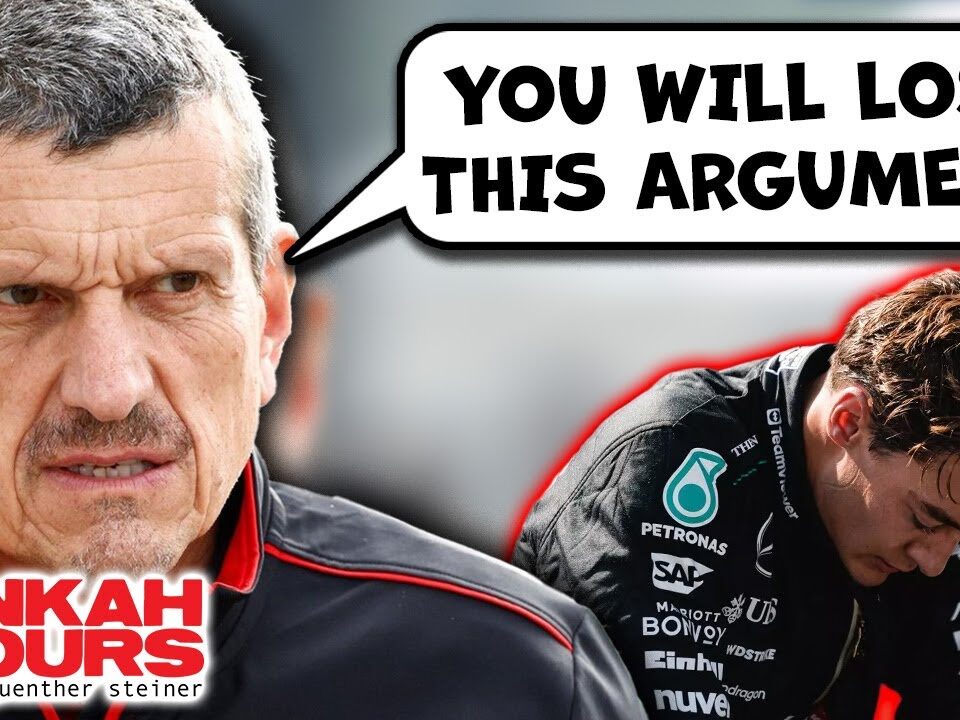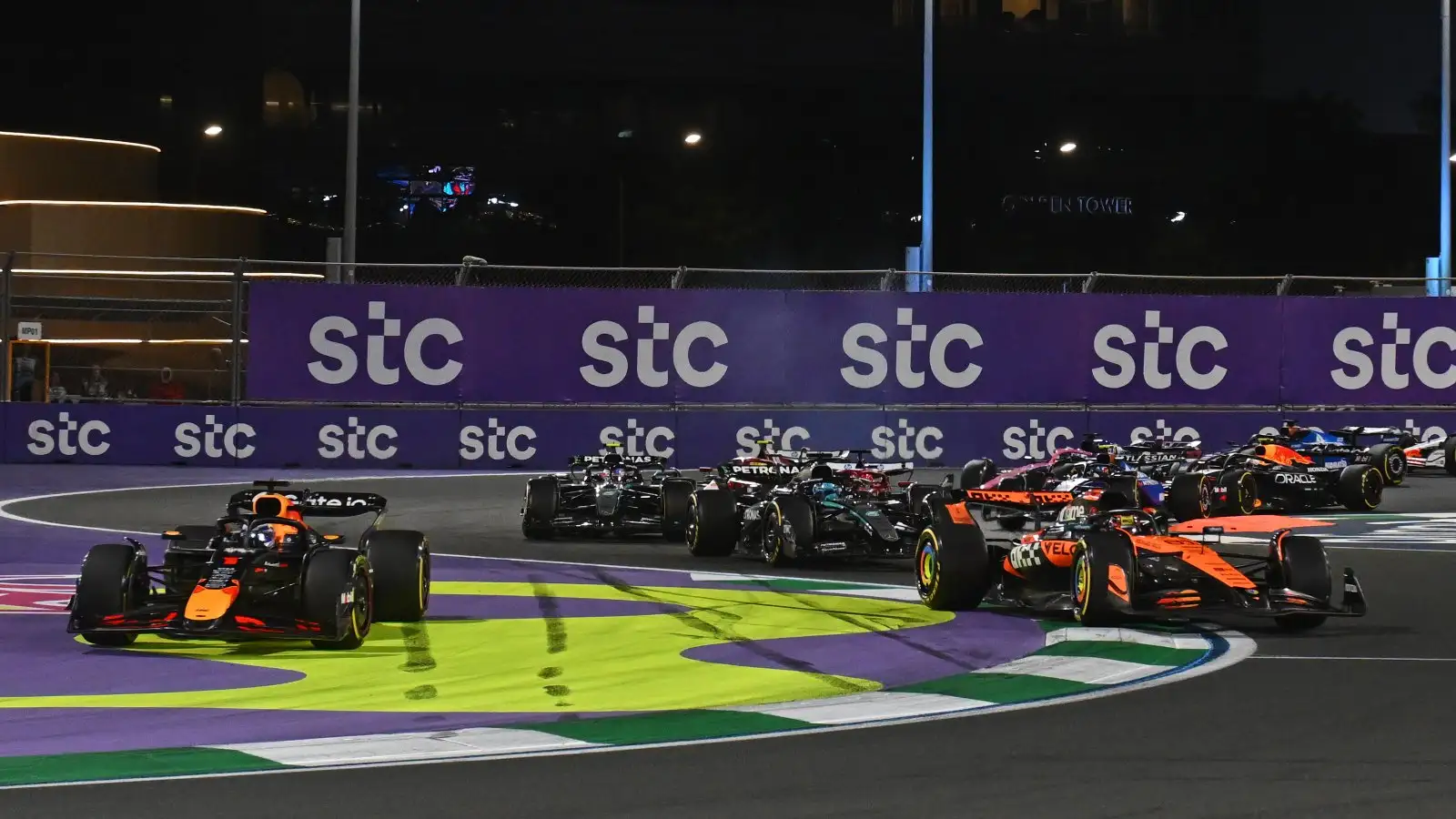Formula 1 races are replete with unexpected twists and strategic maneuvers. The recent Spa race was no exception. Various drivers faced significant hurdles, yet it provided insights into both the mechanical intricacies and human element of racing.
This article delves deep into the complexities faced during this high-stakes event, examining the strategic decisions and their repercussions. We also reflect on the broader implications for the teams and drivers moving forward.
George Russell’s Tactical Gamble
George Russell, during the Spa race, made a crucial decision to opt for a one-stop strategy, contrary to the two-stop plan supported by most data models. This unconventional choice brought him under the spotlight as a driver willing to take calculated risks to gain an edge.
Despite the innovative thinking behind this strategy, Russell faced a significant setback due to weight regulations, ultimately disqualifying his impressive performance. The decision sparked discussions about the intricacies of weight rules in Formula 1 and whether they should be reconsidered to better reflect on-track ingenuity.
Weight Regulations in Formula 1
Weight regulations are a critical aspect of Formula 1, aiming to ensure fairness and safety across all teams. The recent incident with George Russell highlighted the complexities involved in maintaining optimal car weight throughout a race.
One key contention is whether tire weight should be included in the overall weighing process. Uniform tires provided to all teams suggest that the focus should be exclusively on the chassis, prompting calls for potential changes to current rules.
Experts argue that while lighter tires can offer performance advantages, the balance between safety and competitiveness must be meticulously maintained. The debate continues, with stakeholders considering the most effective ways to address these regulatory challenges.
Mercedes’ Strategic Challenges
Mercedes faced strategic hurdles at Spa, particularly concerning the management of ballast and tire degradation. The team’s engineers had to meticulously balance the car’s mechanical setup to ensure optimal performance without breaching weight regulations.
The challenge is exacerbated in high-speed circuits like Spa, where maintaining the right balance between speed and compliance is crucial. Mercedes’ experience underscores the need for precise calculations and foresight in race strategy.
Despite the difficulties, the team’s ability to adapt highlights their robust engineering acumen, even though missteps in ballast management were evident. Their ongoing efforts to fine-tune strategies will be critical in future races.
Driver Mindset and Psychological Impact
The psychological aspect of racing is often as critical as the mechanical one. Racing at Spa demonstrated the mental resilience required to compete at this level, with drivers like Lewis Hamilton showcasing their focus despite not being in the direct title contest.
George Russell’s tactical decision and subsequent disqualification had psychological repercussions, potentially affecting team morale and individual confidence. Such events test a driver’s mental fortitude as much as their driving skills.
The race further highlighted the need for drivers to stay mentally agile, ready to adapt to shifting circumstances. As the season progresses, maintaining psychological resilience will be paramount for all contenders.
The Role of Race Engineers
Race engineers play a pivotal role in strategizing and adjusting plans based on real-time data and driver feedback. Mercedes’ engineers, for instance, manage the delicate balance between performance enhancements and regulatory compliance.
Strategic decisions, such as Russell’s one-stop gamble, are closely monitored and discussed with race engineers. Their expertise in assessing car performance and advising drivers is indispensable in navigating the complexities of Formula 1 regulations.
Continual communication between drivers and engineers is crucial, especially when unexpected challenges arise. This dynamic partnership is fundamental to executing race strategies effectively and maintaining competitive advantage.
Market Movements and Team Changes
The Formula 1 marketplace is fluid, with constant shifts in driver placements and team strategies. Recent announcements about driver moves, like Carlos Sainz’s switch to Williams and other potential changes involving top drivers, have shaken the dynamics.
Carlos Sainz’s decision to join Williams over Audi suggests strategic considerations beyond immediate performance prospects. Factors like future flexibility, team environment, and long-term potential are key drivers in such decisions.
These movements influence the broader competitive landscape, as teams recalibrate their strategies to accommodate new talents. The shifts can also impact team chemistry and performance, requiring seamless integration of new drivers.
Corporate Influence in Formula 1 Teams
Corporate strategies and managerial decisions significantly impact Formula 1 team dynamics. Audi’s decision to bring in a new management team, including high-profile figures like Matia Binotto, underscores the importance of experienced leadership.
These changes are often aimed at injecting fresh perspectives and improving team performance. However, the integration of new management must be handled delicately to maintain stability and morale among team members.
The decisions at the corporate level reflect broader strategic goals, influencing everything from car design to long-term racing objectives. Effective leadership is crucial in navigating these multifaceted challenges and achieving sustained success.
Concluding Thoughts on Spa and Beyond
The Spa race served as a microcosm of the broader challenges and dynamics within Formula 1. Strategic decisions, weight regulations, and psychological resilience all played critical roles in shaping the outcomes.
As teams prepare for future races, reflecting on the lessons from Spa will be pivotal. Continuous improvements in strategy, engineering, and driver support will be essential for maintaining competitive edges in this high-stakes sport.
Formula 1’s Spa race was a testament to the intricate balance of strategy, engineering, and mental resilience. Teams and drivers faced multifaceted challenges that tested their limits.
Moving forward, the insights gained from Spa will undoubtedly shape future strategies and decisions, underscoring the ever-evolving nature of Formula 1 racing.










